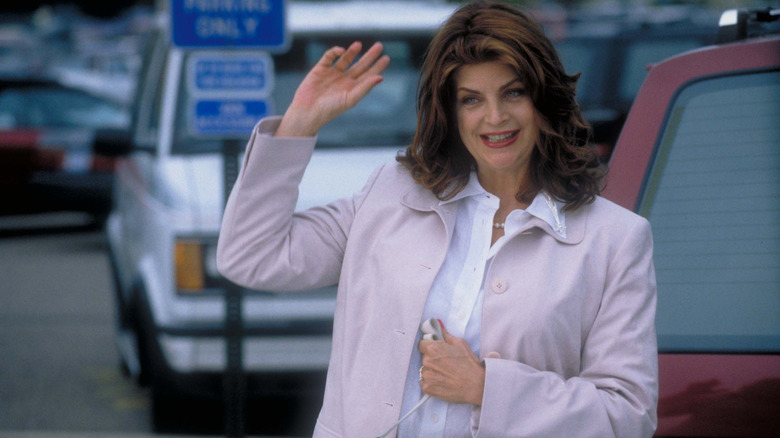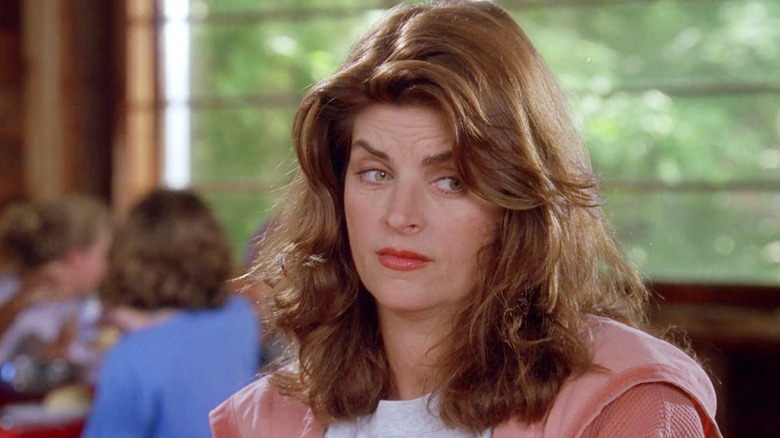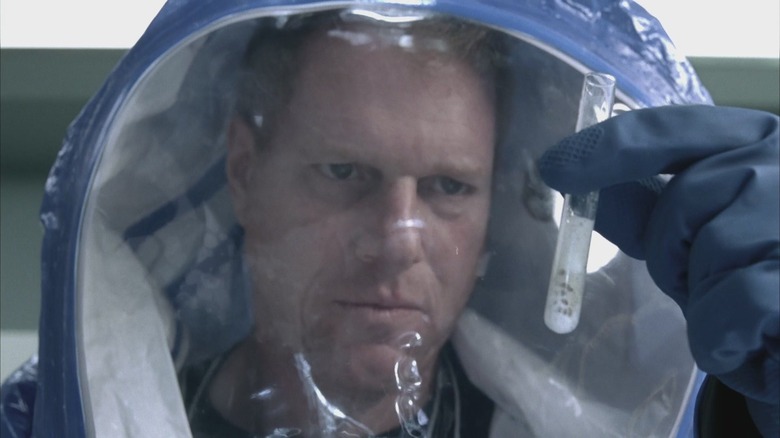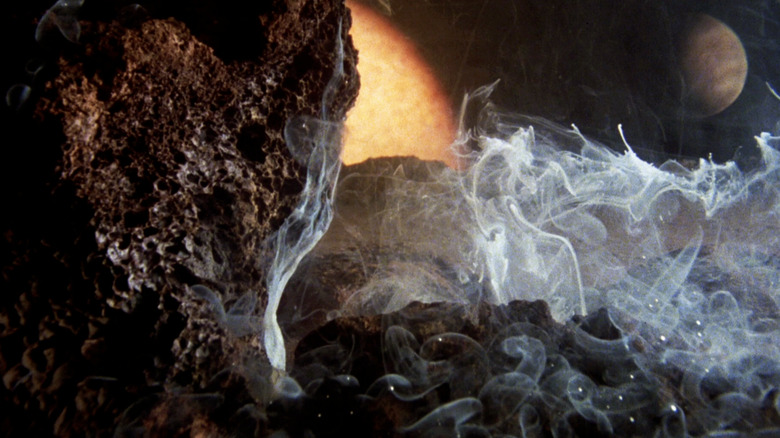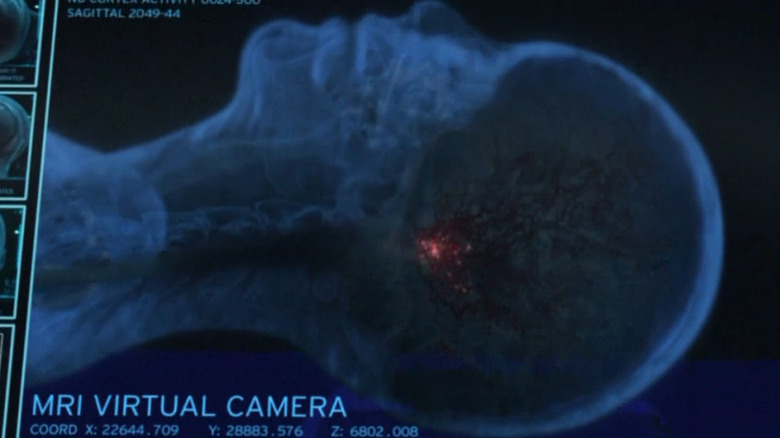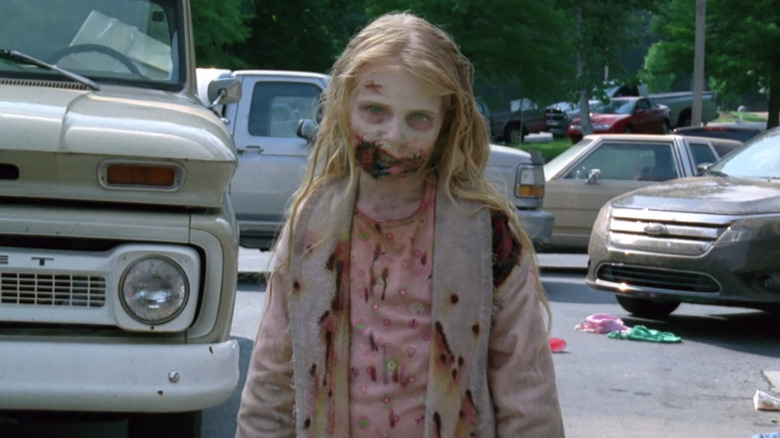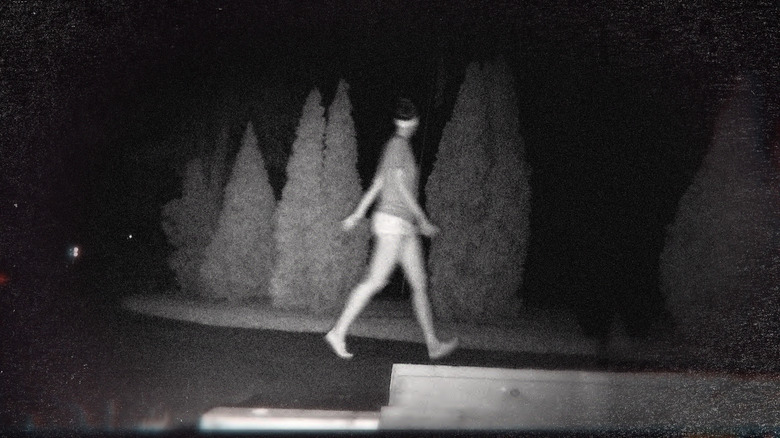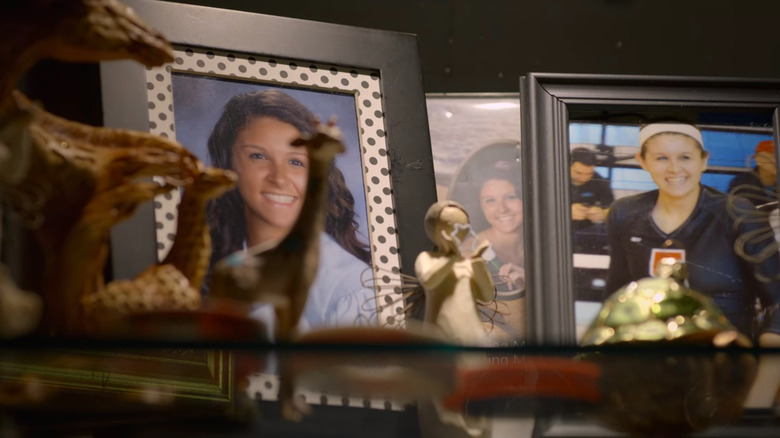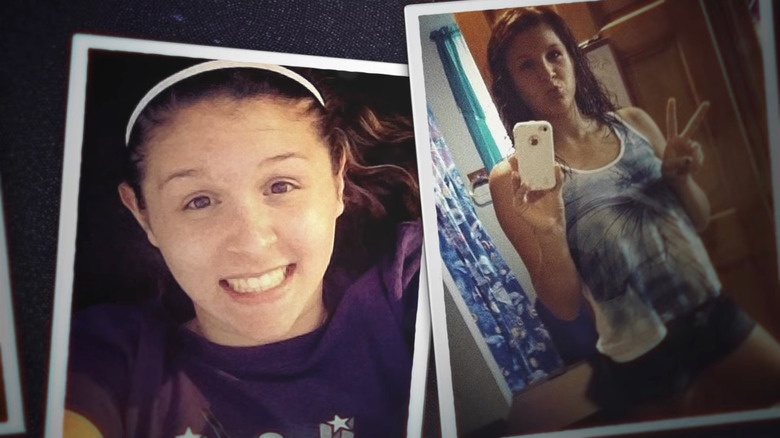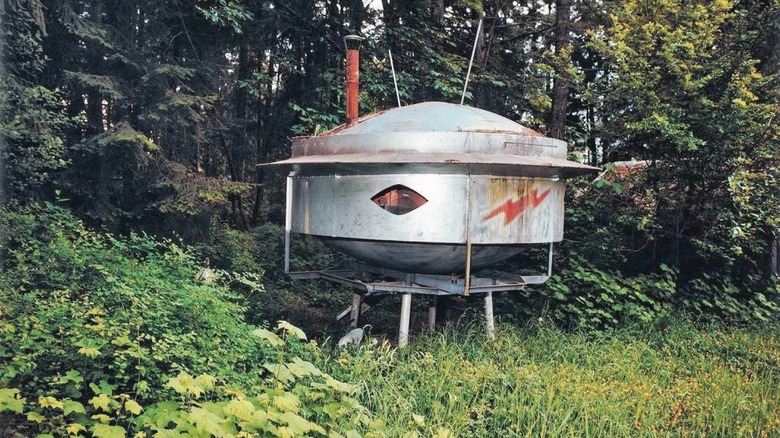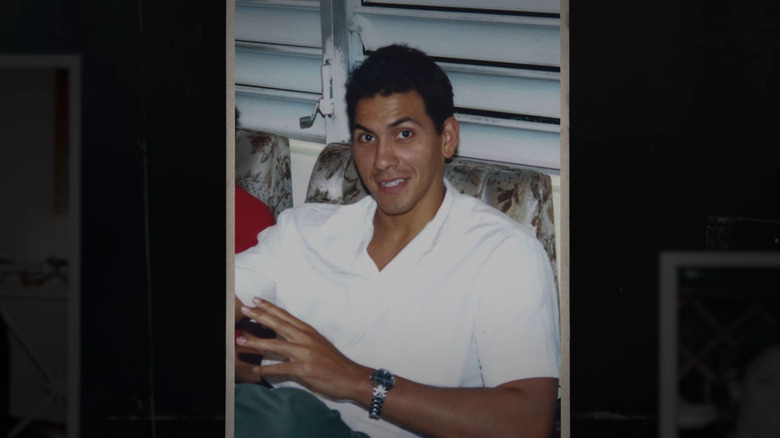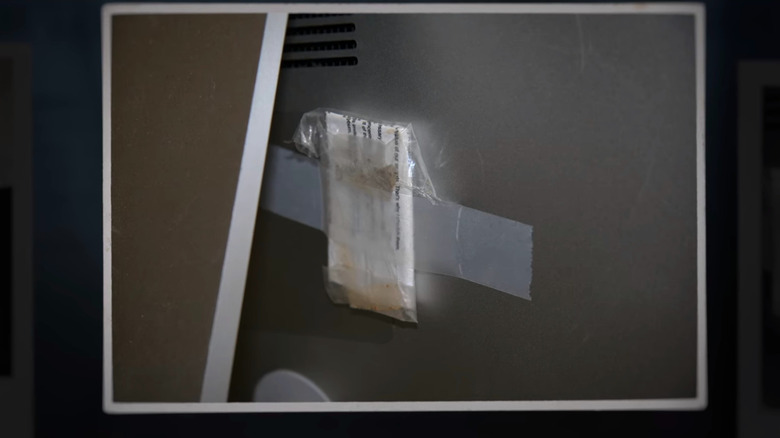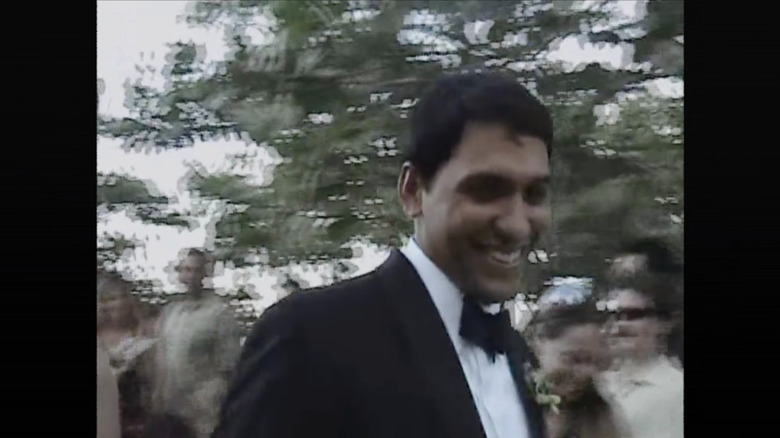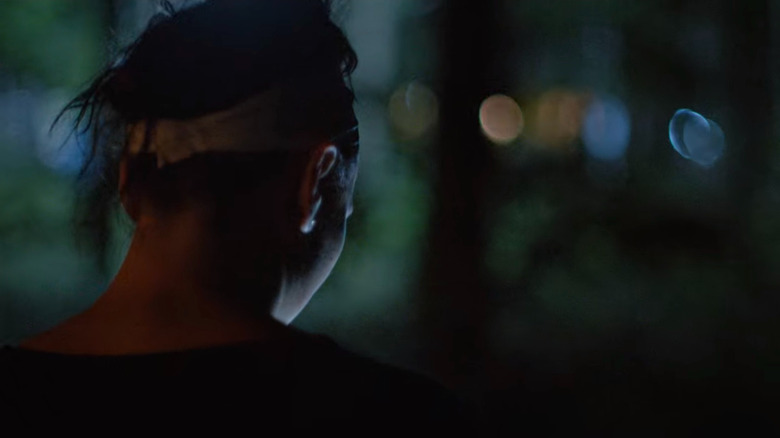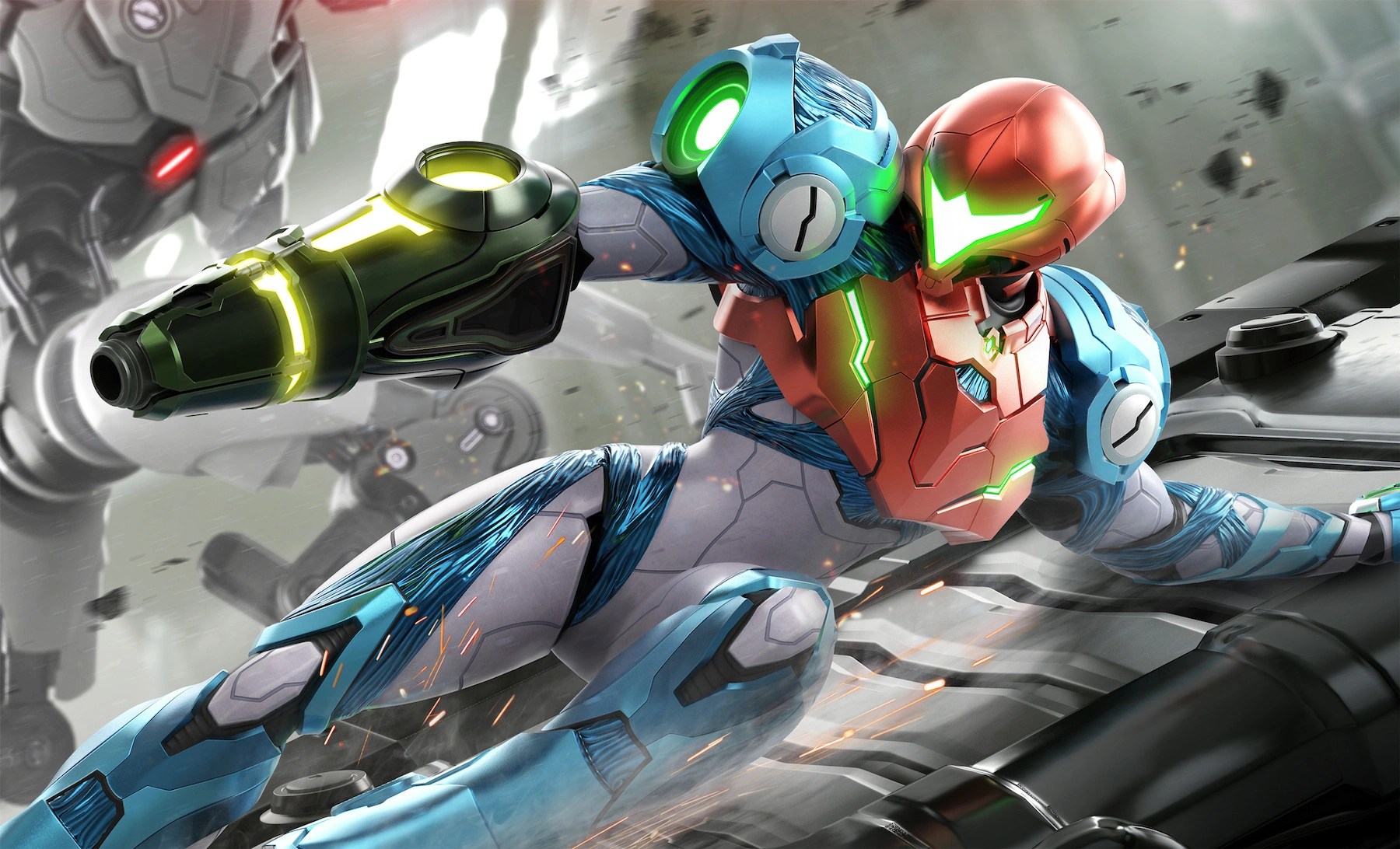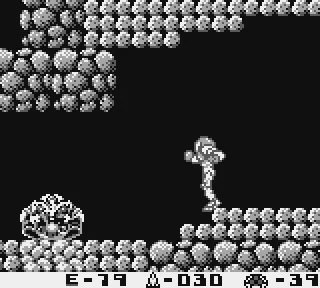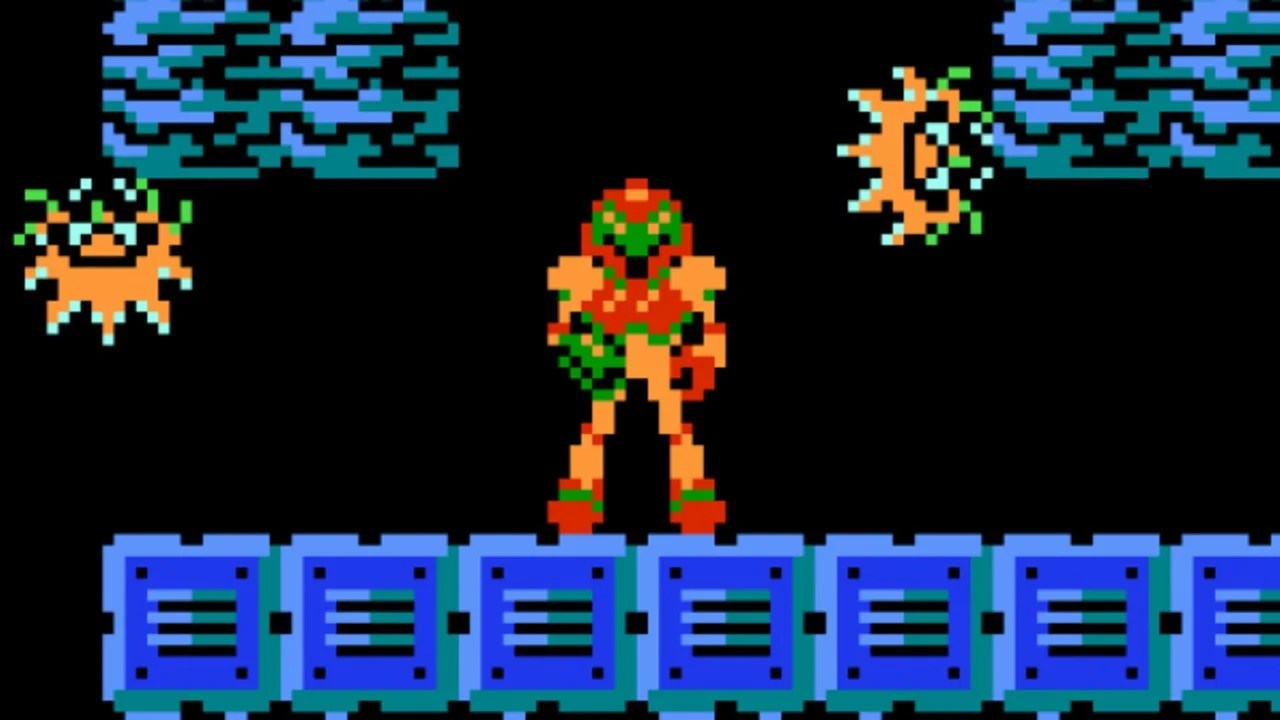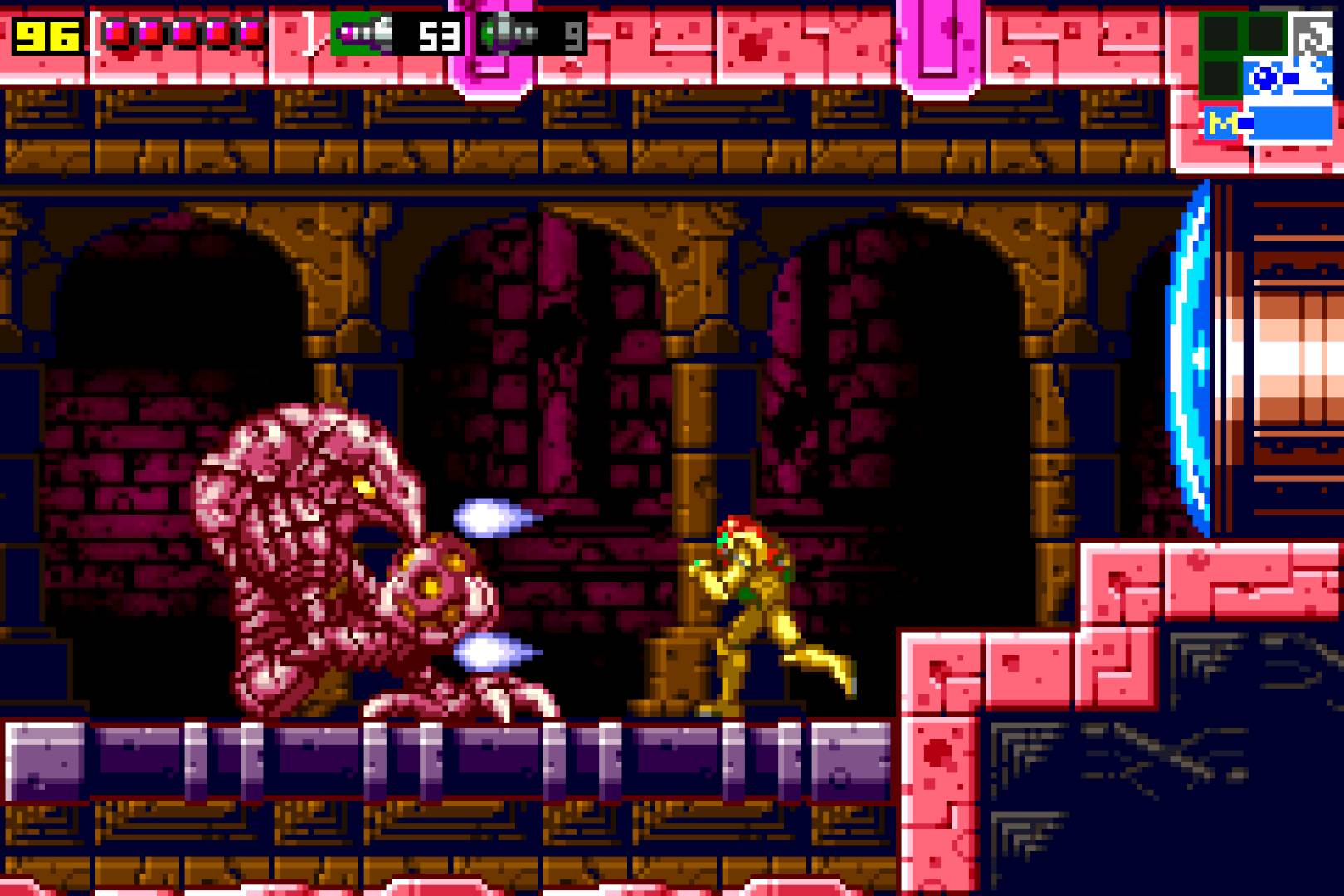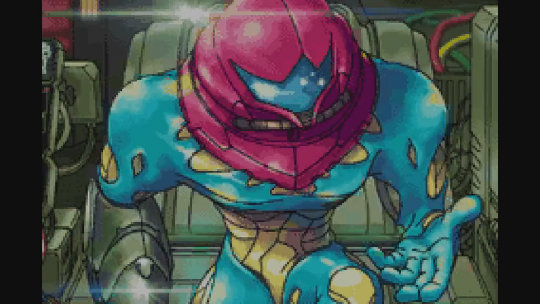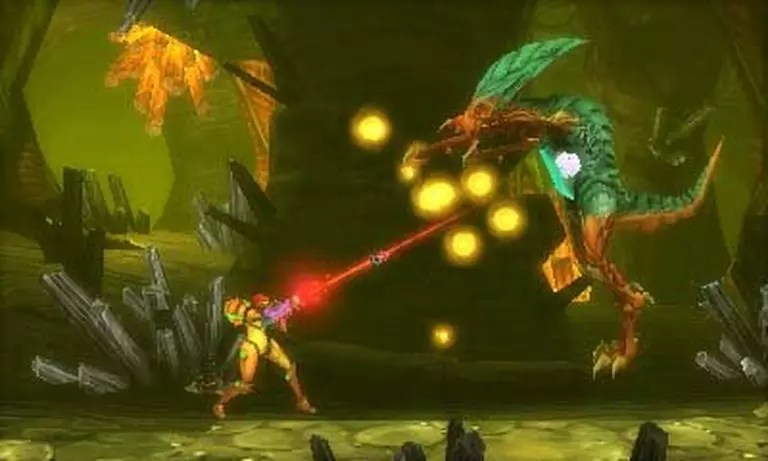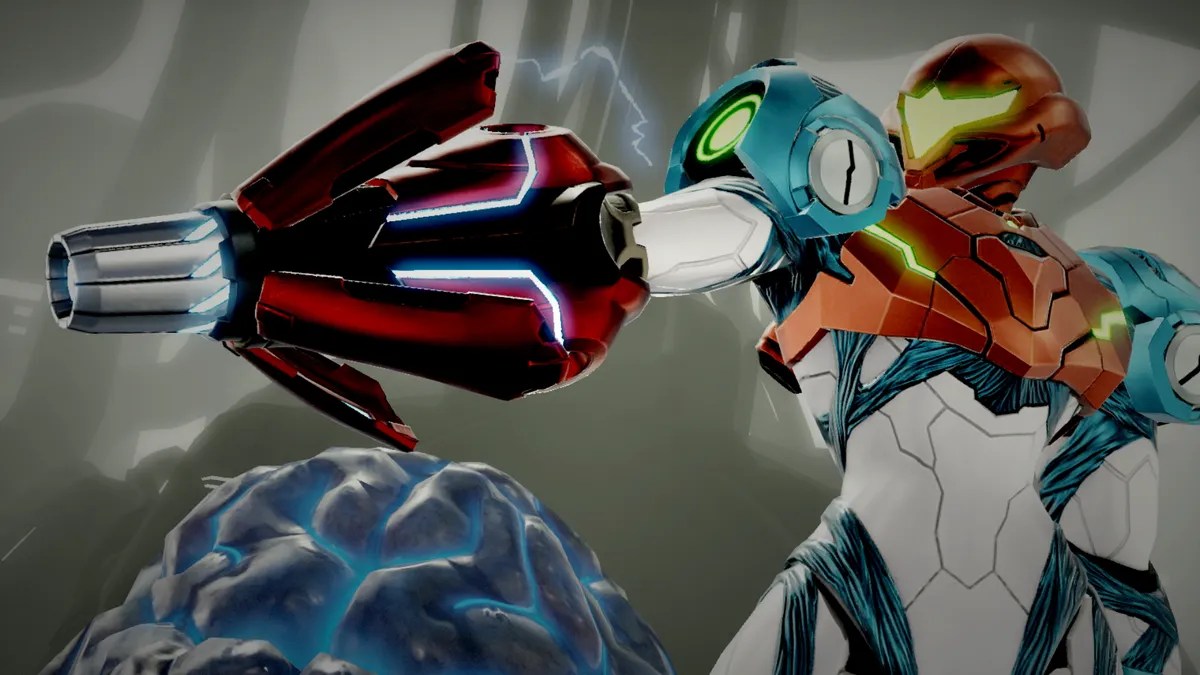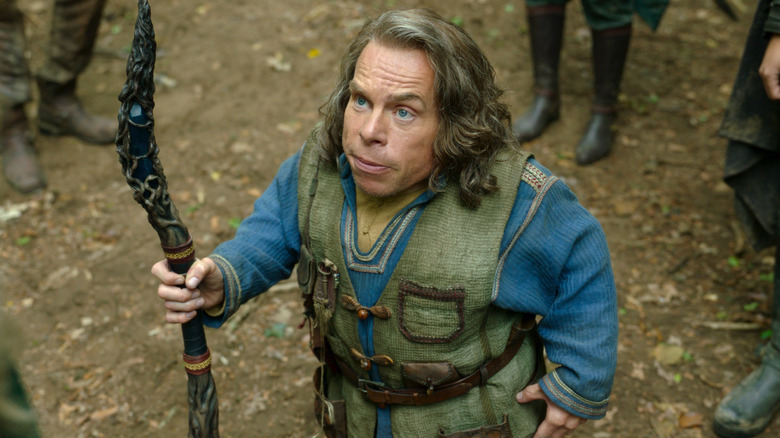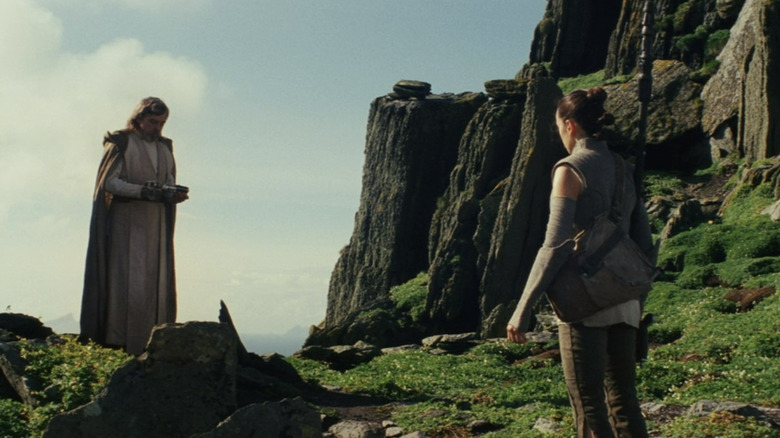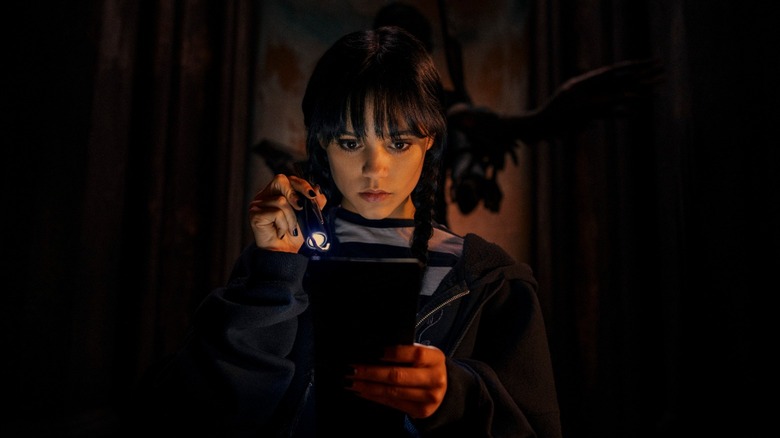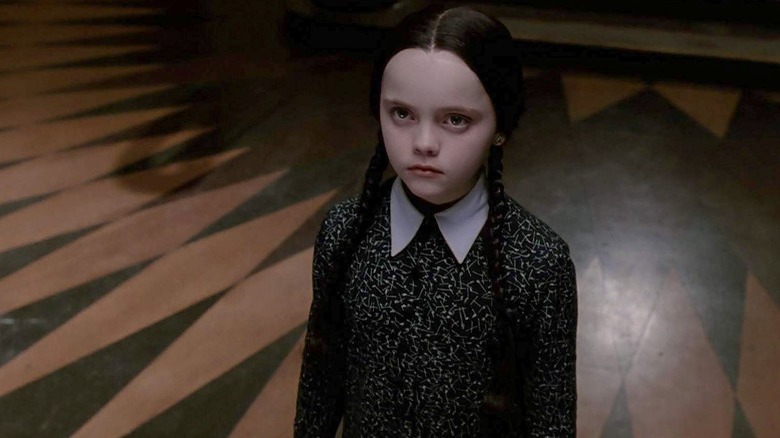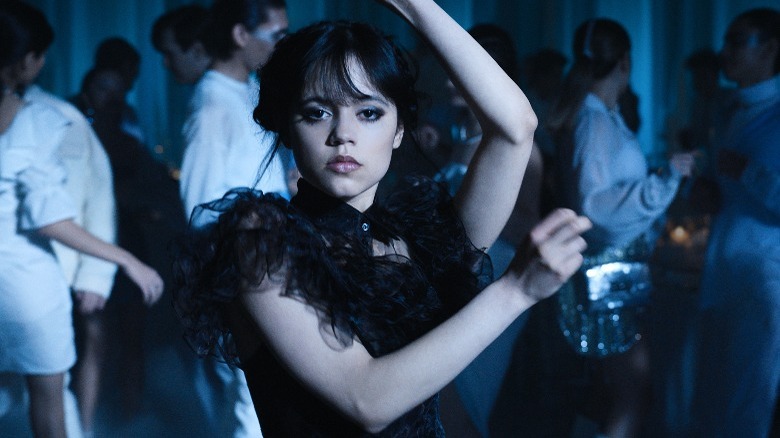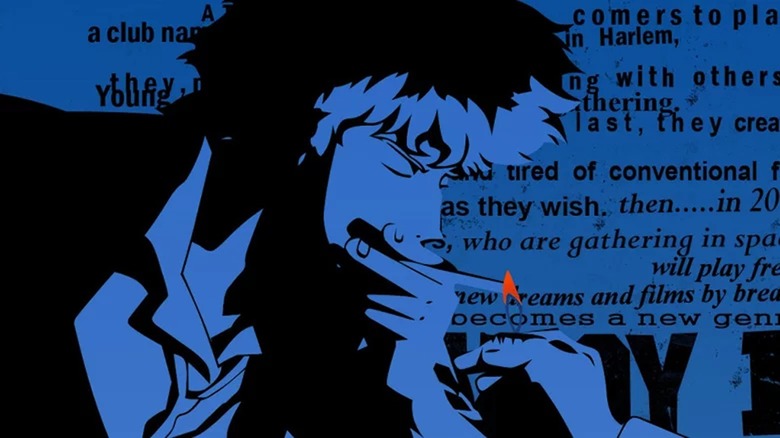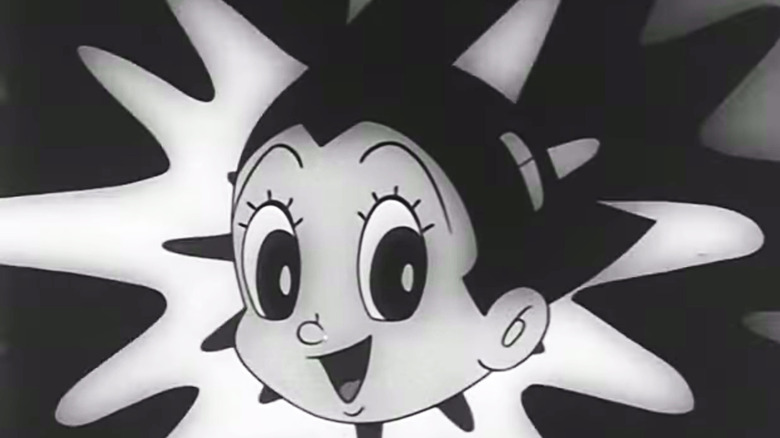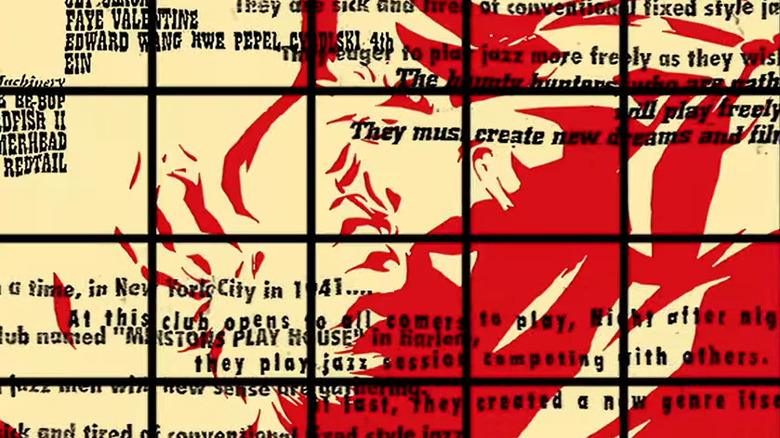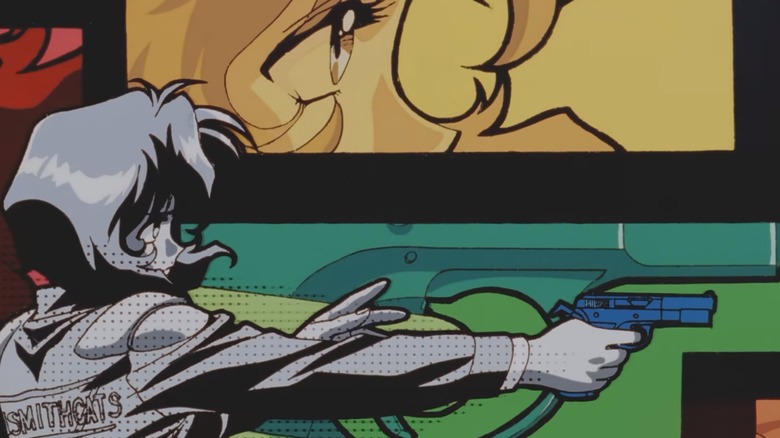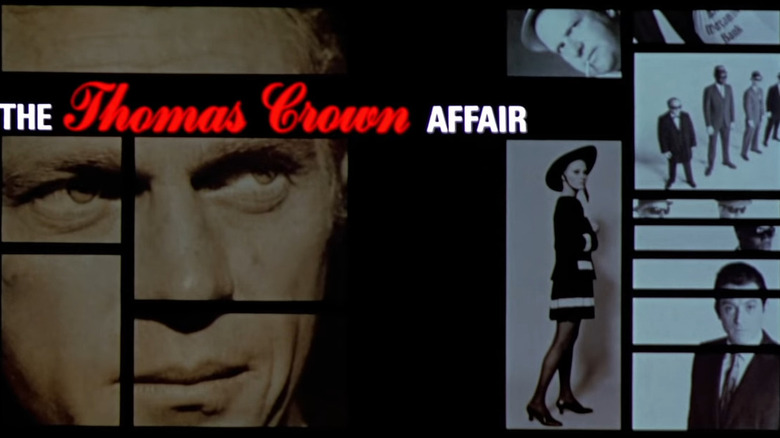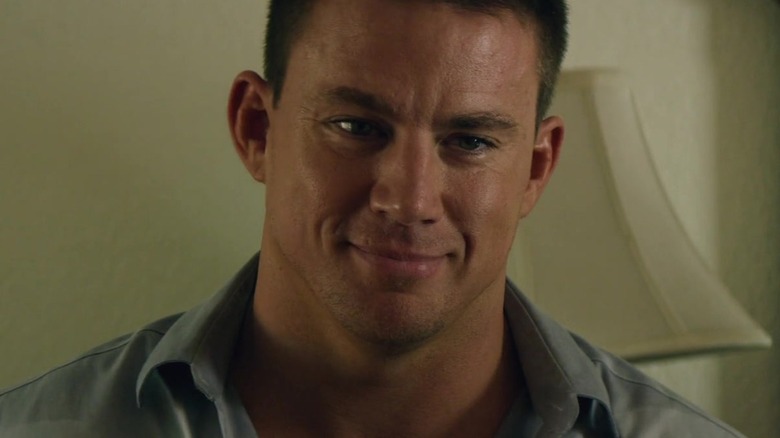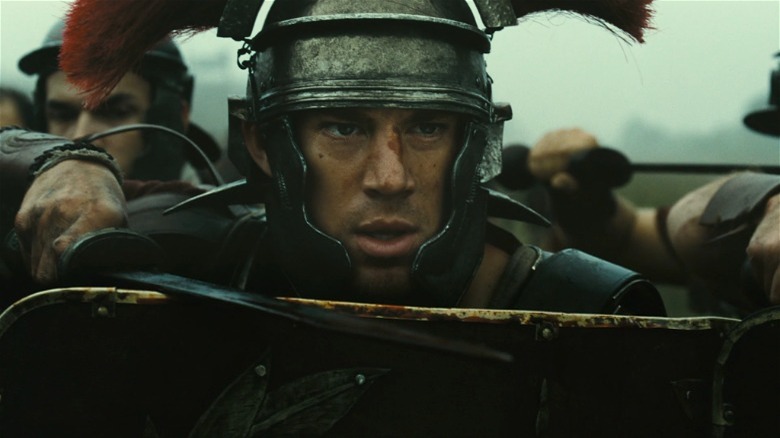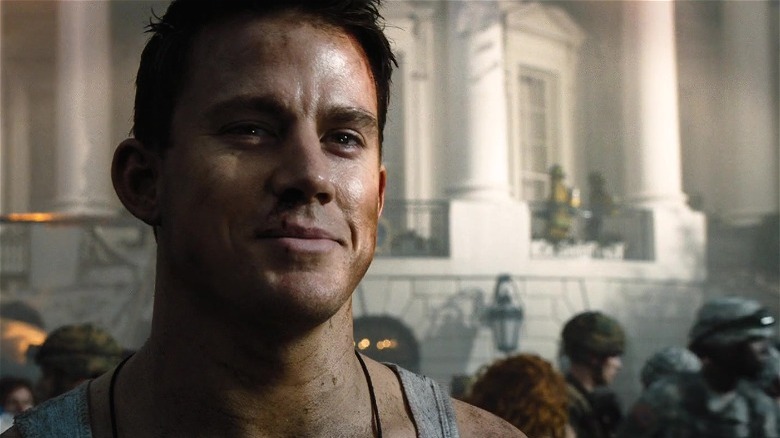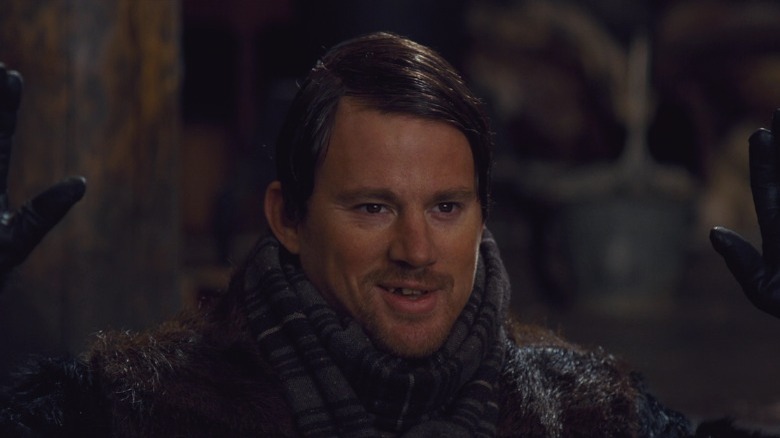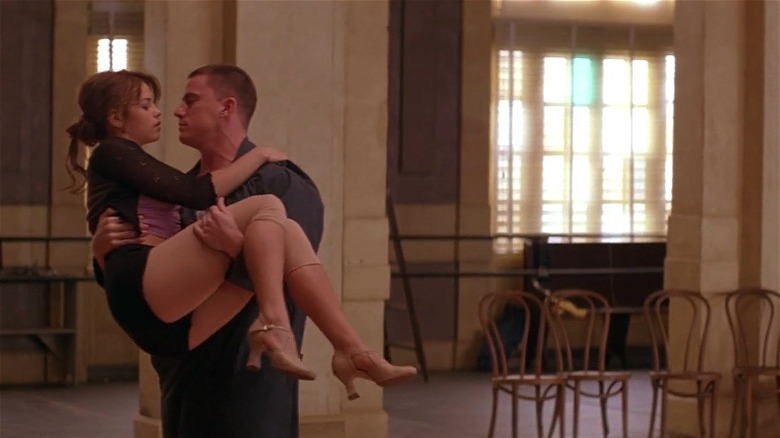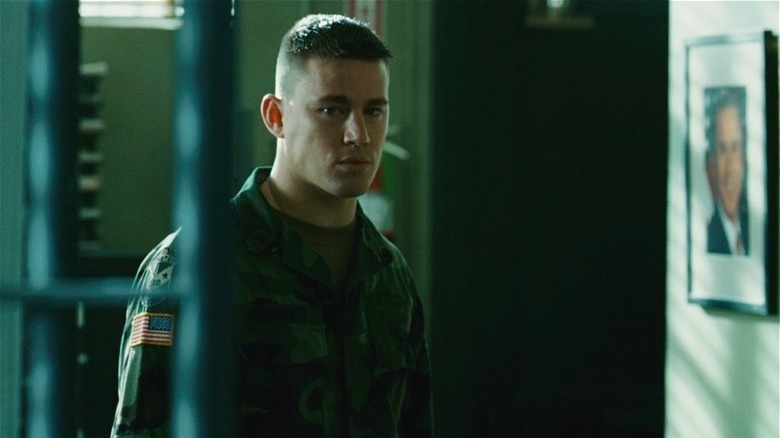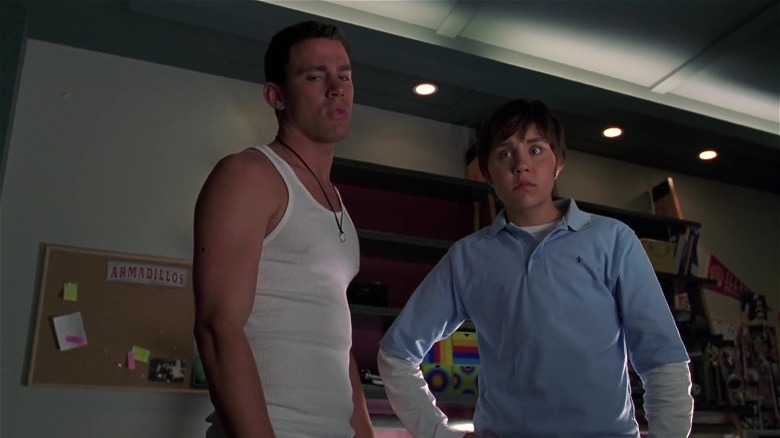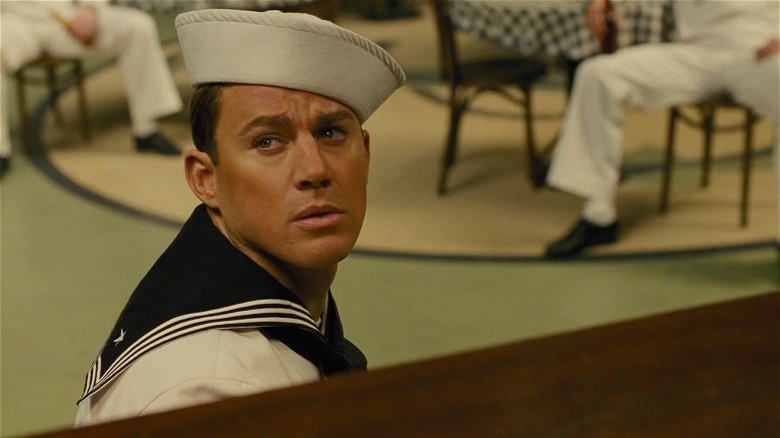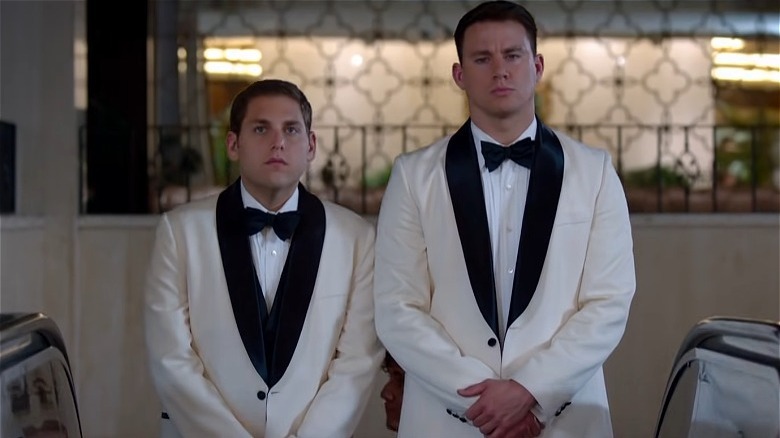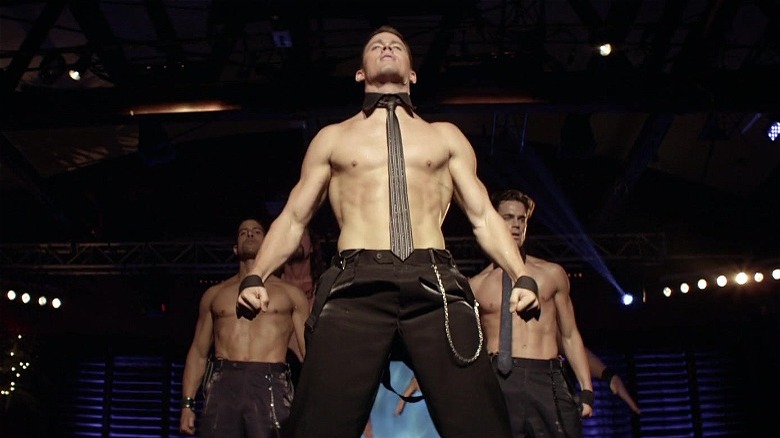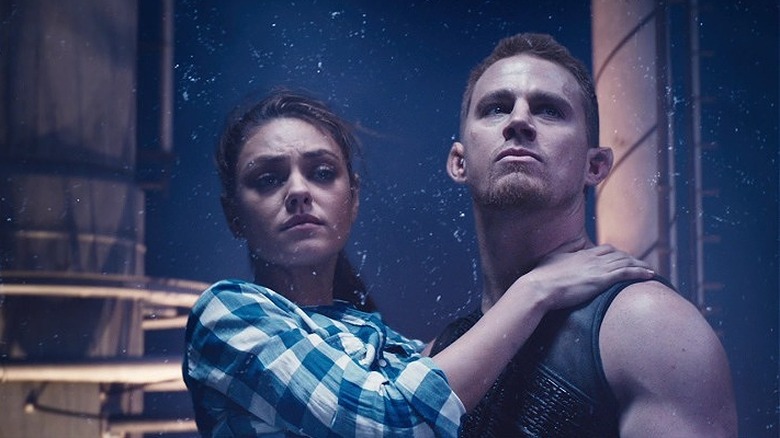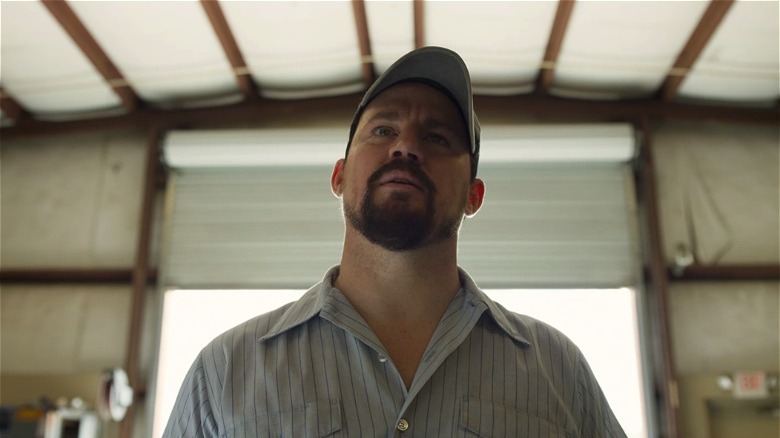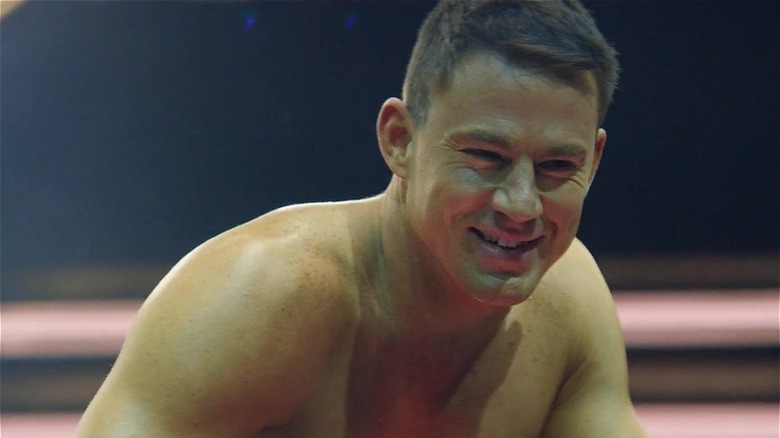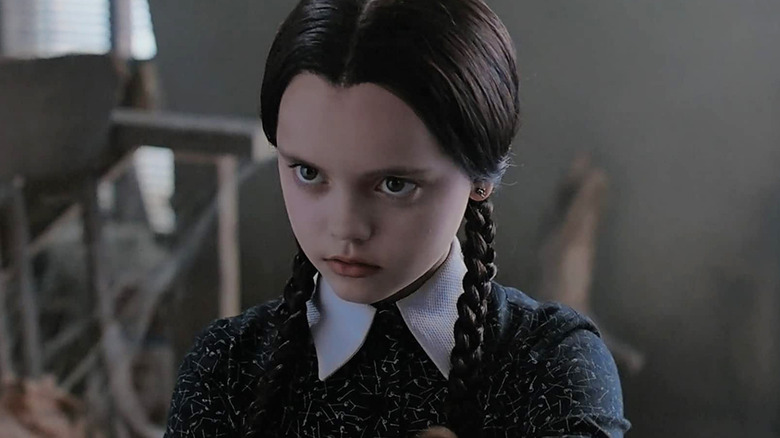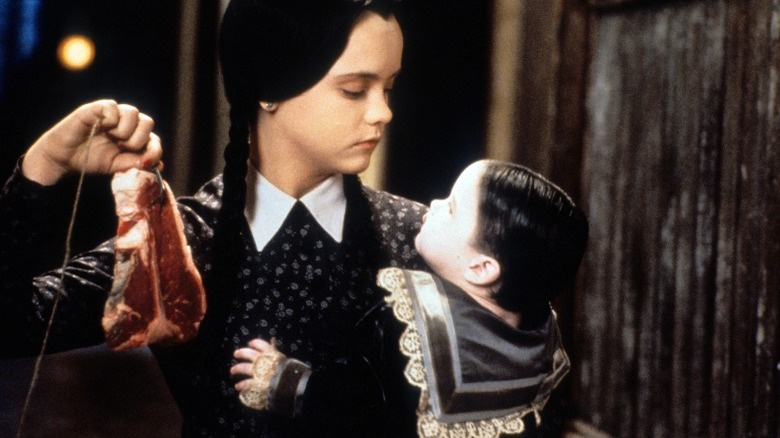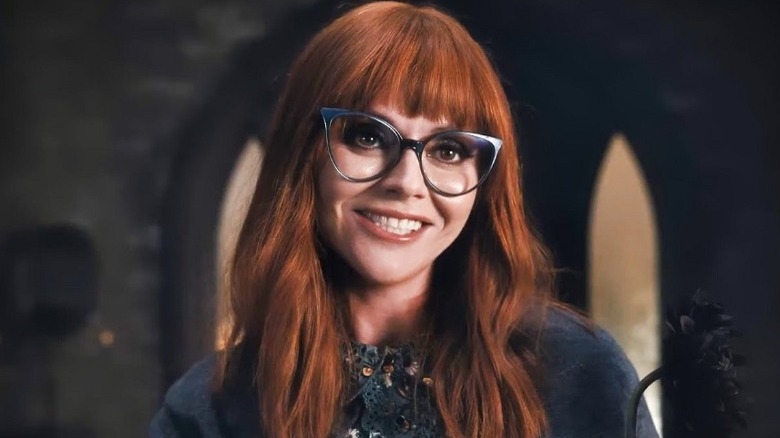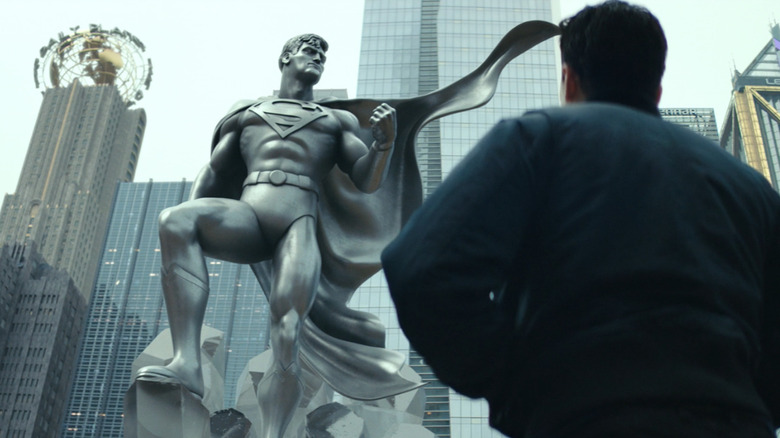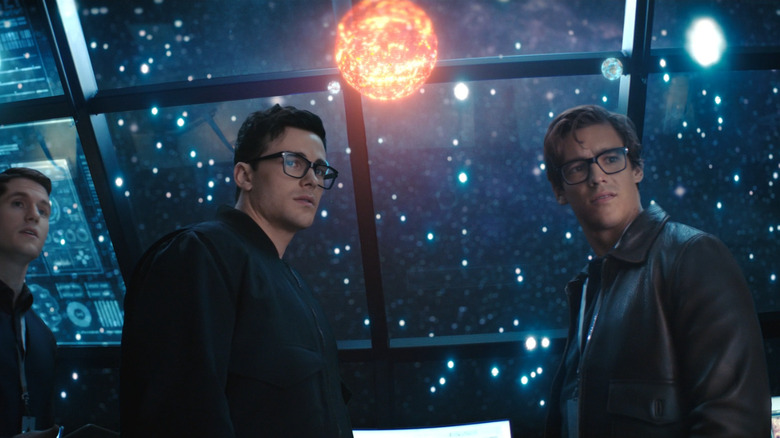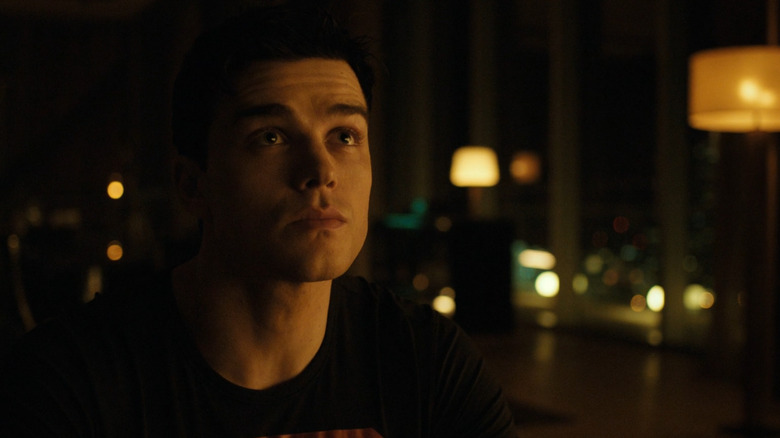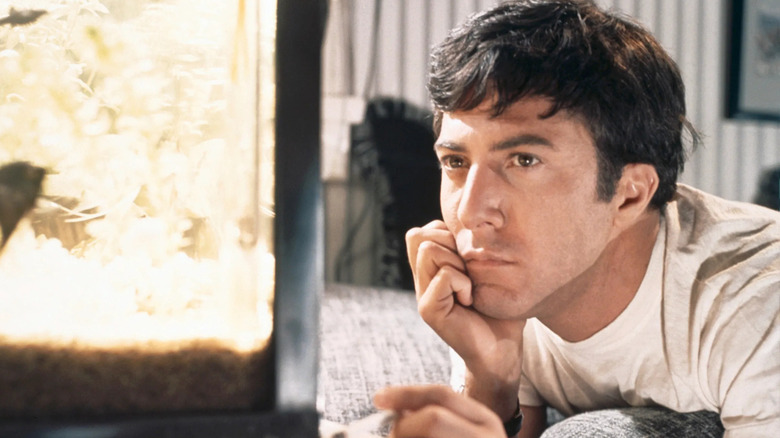
Ever since the earliest days of cinema, Hollywood has loved celebrating the romantic genre. Rom-coms are a quintessential part of film history; the "Golden Age of Hollywood" featured the sly, romantic classics "It Happened One Night," "Roman Holiday," and "The Apartment."
While it's fun to see an idealized couple enjoying each other's company on screen, movie fans have to recognize that what they're seeing doesn't reflect reality. There's a sense of escapism that we're looking for when we're seeing a romantic film. You shouldn't have to worry about romantic movies making you feel insecure if you are single; in fact, there are many great films, both dramatic and comedic, that celebrate independence.
While these films are often comedies, living a single life is also the subject of many dramas and coming-of-age stories. It's a versatile subject, and being single is different depending on what age you are. Here are the 20 best movies about being single, ranked.
Birds Of Prey (2020)
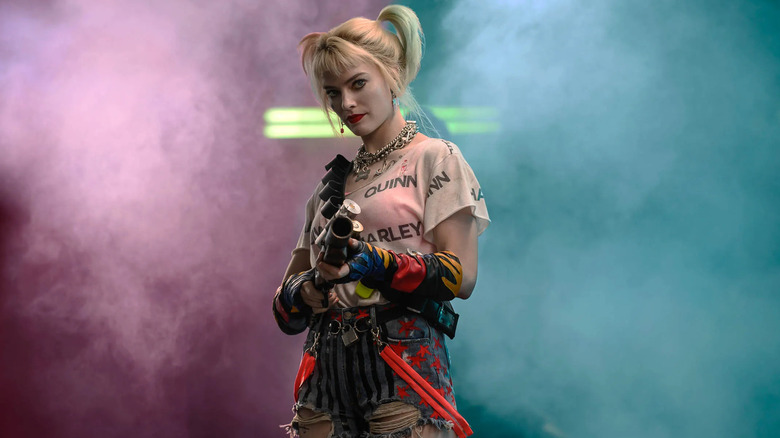
Thankfully, Hollywood has finally realized that the number of female-centric comic book movies is severely lacking. Outside of the poor representation on the part of the Marvel and DC franchises, these popular superhero movies often depict toxic relationships. Take 2016's "Suicide Squad," which made it clear that Harley Quinn (Margot Robbie) was in an unhealthy relationship with the Joker (Jared Leto). Thankfully, the 2020 spinoff "Birds of Prey" gave Harley the chance to burn her last relationship to the ground.
If "Suicide Squad" inadvertently celebrated toxic masculinity, "Birds of Prey" celebrates a woman's choice. Harley realizes that the Joker was leading her along, and thankfully they split at the very beginning of the movie. If you weren't a fan of Leto's interpretation of the Joker, don't worry! "Birds of Prey" seems to despise him as much as you do. Harley finds newfound confidence by being single, and the film shows that she doesn't need a romantic partner to be happy.
"Birds of Prey" celebrates female friendship. Harley ultimately joins forces with The Huntress (Mary Elizabeth Winstead), Black Canary (Jurnee Smollett), Renee Montoya (Rosie Perez), and young thief Cassandra Cain (Ella Jay Basco). These women understand that they don't need a relationship to be happy, and they find much more success when they team up. It's a unique entry that warrants inclusion on the list, even at a lower spot.
Superbad (2007)
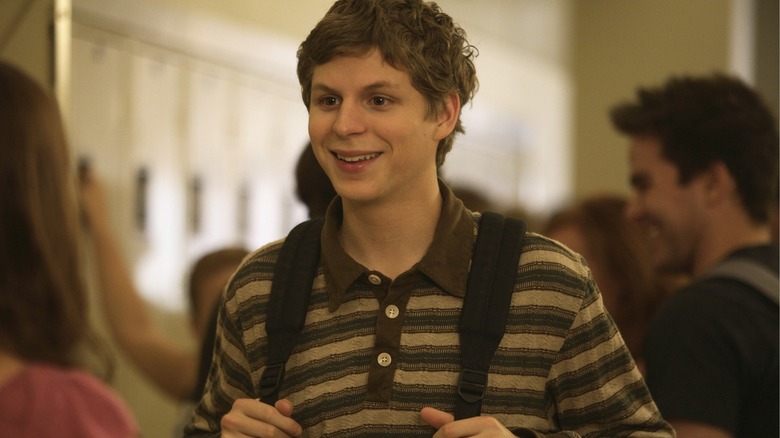
Although "Superbad" is often thought of as a "gross-out" comedy, it's a sincere look at male friendship. The film was written by Seth Rogen and Evan Goldberg, who loosely based the story on their own experiences growing up together. Yes, it's a film with a lot of crass humor, but it's a tribute to the types of relationships that actually last. Evan (Michael Cera) and Seth (Jonah Hill) realize that any sort of romantic connection that they briefly have in high school is unlikely to stay with them for the rest of their life. The one thing that they will remember about their adolescent experience is all the time that they shared together.
"Superbad" is a favorite among millennials because it shows the stigma over being single in high school. Both Evan and Seth feel that because they do not have girlfriends, they are somehow "missing out" on the best years of their lives. In order to redeem their adolescent years before it's too late, Seth and Evan decide to get into some shenanigans before graduation. It's not until the end that they realize they never needed a relationship to make their high school experience "worth it." They struggle to acknowledge that the thing they're really worried about is not getting to see each other again when they go to different colleges. It's a strangely touching message, which warrants its inclusion toward the end of the list.
Promising Young Woman (2020)
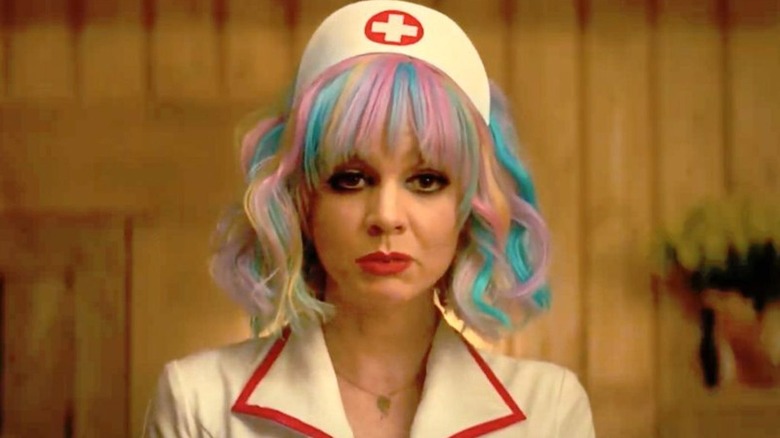
"Promising Young Woman" was designed to start conversations. Although it deals with very serious topics, the film is presented in the style of a romantic comedy and features many soundtrack cues lifted from early 21st-century pop music. While at first it seems like these two qualities are inherently contradictory, the dissonance was intentional. If pop music and romantic comedies promote these sorts of idealized relationships, then what lesson does that teach young girls? "Promising Young Woman" shows that women should be proud of being single, and they should not settle for men who claim to have "redeemed" themselves.
"Promising Young Woman" follows former medical student Cassie Thomas (Carey Mulligan), who still lives with her parents, Stanley (Clancy Brown) and Susan (Jennifer Coolidge). While Cassie was once thought of as a potentially extraordinary student, she is struggling after her best friend, Nina Fisher, was sexually assaulted. Cassie begins to investigate the crime, and slowly realizes that the men she once believed in are culpable. The film shows how some men prey on innocent women and then cover up their crimes. Even the somewhat charming pediatric surgeon Ryan Cooper (Bo Burnham) proves that he has a dark side.
"Promising Young Woman" deserves to be on this list because of its inherent messiness; the film shows that being single can sometimes be an advantage. While the film's conclusion is somewhat abrupt, it still earns a place near the end of the list.
If you or anyone you know has been a victim of sexual assault, help is available. Visit the Rape, Abuse & Incest National Network website or contact RAINN's National Helpline at 1-800-656-HOPE (4673).
Clueless (1995)
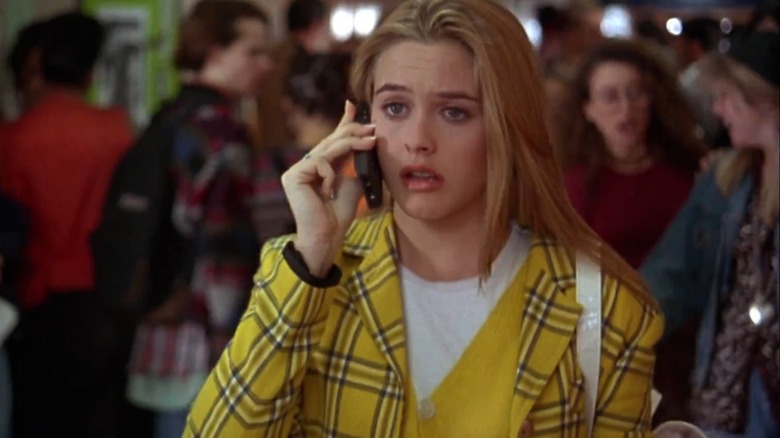
What happens when the self-professed "matchmaker" actually begins to fall in love? This is the premise of Jane Austen's classic novel "Emma." However, there were not a lot of high school students in the 1990s that were interested in reading any of Austen's work, so they might have learned the same lessons from "Clueless." Amy Heckerling's hilarious teen comedy essentially takes the premise of "Emma" and places it within the context of a modern California high school.
Cher Horowitz (Alicia Silverstone) and her best friend, Dionne Davenport (Stacey Dash), pride themselves on keeping up with their school's gossip. They enjoy getting to pair different people together; they even find a romantic partner for their teacher, Mr. Wendell Hall (Wallace Shawn). However, there's a fundamental difference between the two of them: Dionne has a boyfriend, and Cher claims that she's staying single. While this independence is empowering, we also see how Cher is denying herself happiness out of insecurity. She's crafted the idealized version of a perfect relationship, but she doesn't realize that she's chasing a fantasy that will never actually exist in reality.
"Clueless" doesn't force Cher to give up her life as a single woman, but it allows her to steadily experience happiness. She realizes that her true crush was really in front of her the whole time. "Clueless" ultimately ranks lower because it ends with a relationship, but there's so much fun revolving around Cher's independence that it had to make the list.
Heathers (1989)
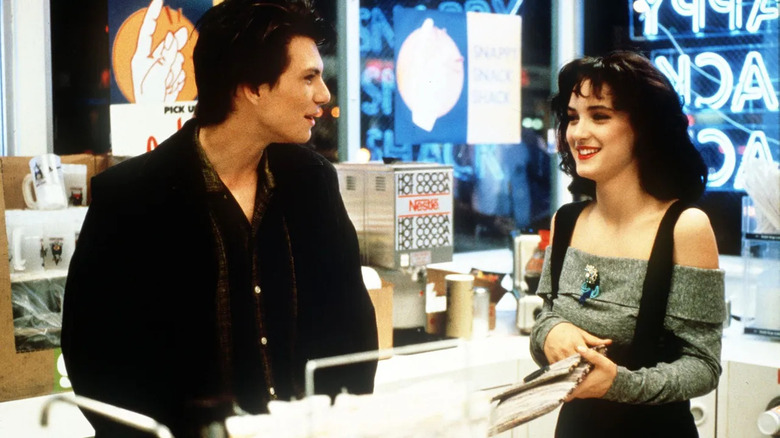
The success of the films of the John Hughes era in the 1980s was important in the development of teen comedies. While Hollywood had often struggled to understand adolescent anxieties, Hughes' films offered more relatable stories. However, these movies also had an idealistic version of romantic relationships that didn't reflect everyone's experience. This is why "Heathers" felt like such a breath of fresh air; it's a film that highlights the role that outsiders and supposed "freaks" play within the high school ecosystem.
"Heathers" follows two characters that, for different reasons, have chosen to remain single for the time being. Both Veronica Sawyer (Winona Ryder) and J.D. Dean (Christian Slater) recognize that their classmates are only pretending to be responsible adults with real relationships. Veronica refuses to settle because of the toxic environment in her school; the film does a great job of showing how rude her male classmates are. However, it's probably a good thing that J.D. isn't in a romantic relationship as he quickly proves to be dangerous.
"Heathers" shows why being single and making your own decisions is important for young people. Veronica realizes how easily the school's population is influenced when they sign petitions and are swayed to become more radical. "Heathers" was an incendiary satire of other teen films, and it became a cult favorite that inspired a musical of the same name. However, some of the sexism has not aged well, so it ranks a little lower.
Spring Breakers (2012)
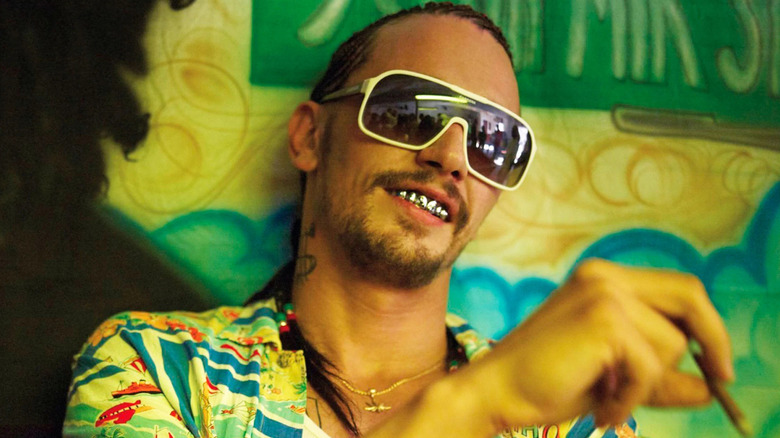
"Spring Breakers" certainly has an interesting perspective on being single, hypothesizing that nothing is going to change someone's inherent nature. "Spring Breakers" satirizes the nature of the college "party movie" by going in a completely different direction than what audiences might have expected. Instead of pairing each of its female protagonists off with a new partner, the film places them in the middle of a chaotic heist gone awry.
College friends Brit (Ashley Benson), Candy (Vanessa Hudgens), Faith (Selena Gomez), and Cotty (Rachel Korine) are sad because they cannot afford to go on an expensive vacation during their spring break holiday week. They're desperate to go to the same wild parties that their classmates are attending, and it's implied that they're looking to this potential trip as a chance to find boyfriends. This leads them to a life of crime and introduces them to the ridiculous rapper Alien (James Franco). Thankfully, the film doesn't force Alien into a relationship with the girls. His brief encounters with Brit and Candy are sexual, but not romantic. These characters are celebrating their independence, for better or worse.
"Spring Breakers" earns a spot in front of some of the more traditional romantic comedies because it's just so ambitious. It's impressive that the film was able to intertwine so many elements of satire at once.
500 Days Of Summer (2009)
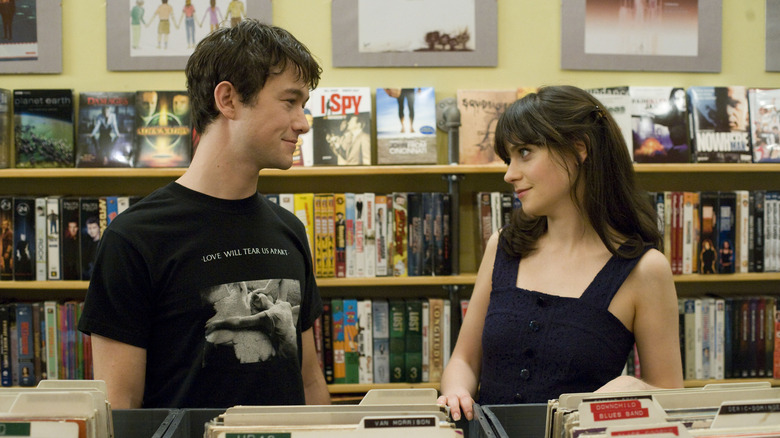
Is "500 Days of Summer" a romantic comedy? Well, no, not really. In fact, it's a film where the central protagonist spends the majority of the story on his own, trying to learn from his past mistakes. It's fascinating to see how the interpretations of "500 Days of Summer" have changed in the decade since its initial release at the Sundance Film Festival. While audiences initially may have related to Tom Hansen (Joseph Gordon-Levitt), subsequent rewatches have proved that Summer Finn (Zooey Deschanel) is the real hero of the story.
"500 Days of Summer" features a brilliant screenplay by Scott Neustadter and Michael H. Weber. The film uses a nonlinear structure to explore how Tom and Summers' relationship evolves, changes, and ultimately falls apart. It's a film that highlights why certain people want to be single, and why stressing over relationships isn't a good thing. Tom spends the majority of the film trying to understand what he did wrong, and why Summer chose to leave him. However, he ultimately realizes that she simply chose a different path and that he should have learned to respect her choices. It's a refreshingly modern take on romantic archetypes that allows the male character to come to this conclusion.
"500 Days of Summer" is so unique that it earns a high enough spot. However, it can easily be misinterpreted, so it doesn't quite reach the top 10.
Sixteen Candles (1984)
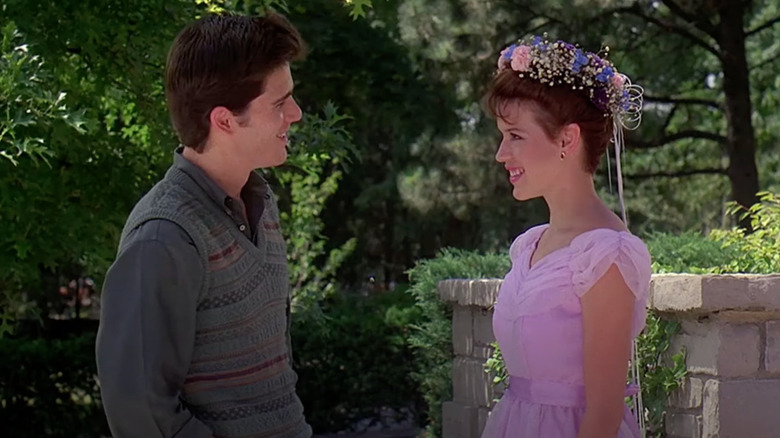
While a film like "Heathers" might have satirized the teen comedies of John Hughes, there's a reason that these films were iconic in the first place. Hughes didn't stigmatize what teens were struggling with, and he didn't make them the butt of a joke. While "The Breakfast Club" spoke to universal high school experiences, "Sixteen Candles" identified the loneliness of a female high school student who feels like she has been taken for granted.
There truly are not very many actresses as universally relatable and charismatic as Molly Ringwald; many young women were able to see themselves in the awkward, sensitive, and ultimately sincere high school student Sam Baker. Being single is just one thing in Sam's life that stresses her out. She also has to deal with the wedding of her sister, her parents' ignorance, and the obnoxious underclassman Ted Farmer (Anthony Michael Hall). There's an elegance in Sam's fantasies about her crush, Jake Ryan (Michael Schoeffling). It's not that Sam needs someone to be in a relationship with, but that she just wants to be seen.
"Sixteen Candles" deserves to be ranked highly within Hughes' filmography, as it's one of the most positive depictions of female sexuality. However, some of the racial humor has not aged well, so it does not reach any higher.
Swingers (1996)
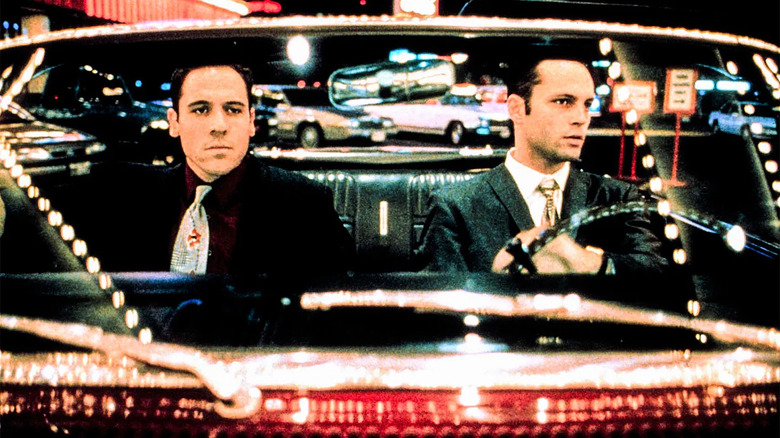
"Swingers" might just be one of the most influential films of the 1990s. How many independent comedies about dating in Hollywood do we see now? It's the film that launched the career of Jon Favreau, who would go on to be one of the most influential storytellers in the industry. Favreau proved with "Swingers" that he could tell realistic stories about the realities of being a single guy.
While many comedies about masculine anxiety have not aged well, the characters in "Swingers" aren't toxic. It's actually a rather sensitive depiction of loneliness, and the stigma surrounding being single in a town that is so energetic. Despite some of these more serious themes, "Swingers" isn't a film that's going to depress you. The shenanigans that the struggling stand-up comedian Mike Peters (Favreau) and the aspiring actor Trent Walker (Vince Vaughn) get into are absolutely hilarious. However, it's the type of comedy that is so realistic that you might cringe a little bit.
"Swingers" shows that while relationships are one route to happiness, it's not an option for everyone. Its influence and legacy earn it a high spot on the list, but the upper slots belong to films that are classics in any genre.
Risky Business (1983)
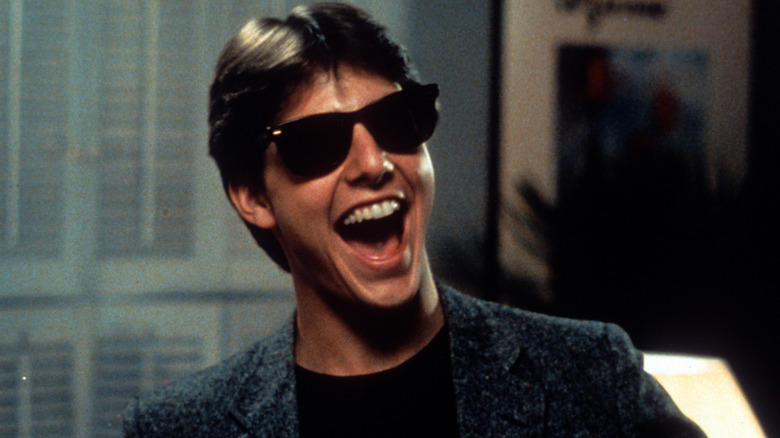
What sort of mischief can single teenage boys get into when they're left to their own devices? That's the premise of "Risky Business," the film that essentially launched the career of one of Hollywood's most beloved movie stars. While we now think of Tom Cruise as an action hero, he took on a much different sort of challenge in "Risky Business." Cruise had to play an overconfident but deeply immature young man who makes the mistake of falling in love. Cruise showed the torment of being a single teenager. The film is an interesting examination of the pressures that teenagers are subjected to during the most stressful period of their life.
While Joel Goodsen (Cruise) is clearly brilliant and has a promising future ahead of him, he's also known to get into mischief. Joel may enjoy making crass jokes with his buddies, but he's thrown out of his element when he falls in love with sex worker Lana (Rebecca De Mornay). It's a film that uses Joel's ignorance for both comedic and dramatic effect; while it's funny to see him misinterpret their intimate moments, it's sad to see how deprived he is of affection. Joel's parents treat him like something that they can celebrate, but not someone that they know personally. Joel's heartbreak over being single is surprisingly moving.
"Risky Business" ranks just outside the top 10 because of how it blends genres. However, the movies above it simply deal with more mature issues.
Leaving Las Vegas (1995)
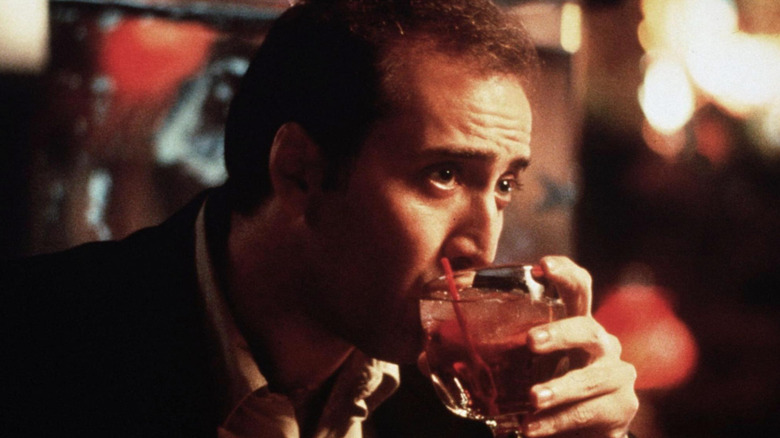
We've all taken our turn laughing at Nicolas Cage. He's easily the Internet's favorite actor, and thankfully, Cage seems to be in on the joke for the most part; he reflected on his reputation as an Internet meme in the self-referential comedy "The Unbearable Weight of Massive Talent," where he played himself. However, there's a reason that Cage is held in such high regard by his contemporaries. Cage gave one of the greatest performances of all time as the lonely, depressed, single screenwriter Ben Sanderson in the 1995 masterpiece "Leaving Las Vegas."
Based on the 1990 novel of the same name, "Leaving Las Vegas" is a heartbreaking study of loneliness and alcoholism. Between breakups and career setbacks, a once-promising screenwriter like Ben spirals into a self-destructive trip. The film generously examines his failed relationships; while he has kindness within him, Ben is clearly too dangerous at this moment to commit himself to anyone. The relationship he develops with sex worker Sera (Elizabeth Shue) is treated with respect. Both characters are outsiders who society has seemingly cast aside.
"Leaving Las Vegas" is such a powerful, overwhelming emotional experience that it needed to be in the top 10. However, it ranks below films that are slightly more rewatchable.
If you or anyone you know needs help with addiction issues, help is available. Visit the Substance Abuse and Mental Health Services Administration website or contact SAMHSA's National Helpline at 1-800-662-HELP (4357).
The Way, Way Back (2013)
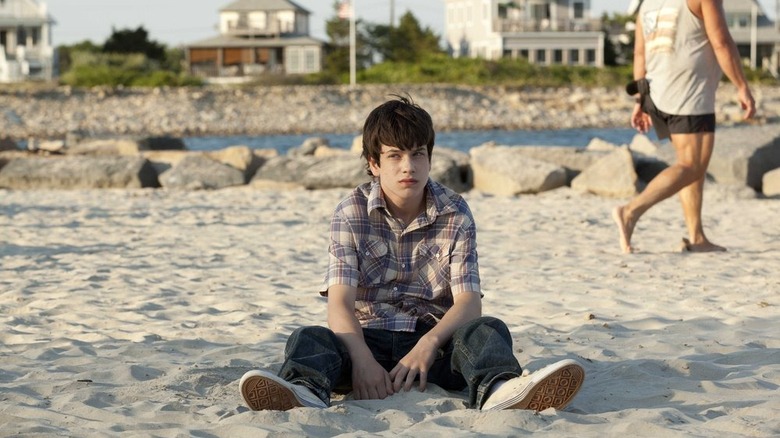
There are few movie genres that are as universally relatable as coming-of-age dramedies. Even if a film isn't able to capture the exact experience that you had growing up, there is something about being young, insecure, and concerned about the future that is shared among audiences of different backgrounds. The 2013 independent film "The Way, Way Back" shows how a young man can evolve and find a route to happiness. It's more important for teenagers to respect themselves than it is to be in a relationship.
The film takes place over the course of a summer, where teenager Duncan (Liam James) spends a vacation with his mother, Pam (Toni Collette), and her wealthy new boyfriend, Trent (Steve Carell). The movie does a great job of showing how being single causes Duncan to feel like a failure. Trent constantly criticizes him and offers him tips on how to improve his social status. While Pam is much more warm and sensitive, she subtly encourages Duncan to go out and meet people so that he can be "normal." Ironically, the best advice that Duncan gets are the tips he receives from the local park owner, Owen (Sam Rockwell). Owen encourages him to have fun, not stress about dating, and enjoy his freedom.
"The Way, Way Back" is often hilarious, but it's more mature than some of the other teen comedies that rank below it. It stands to age very well in the next few years.
The Apartment (1960)
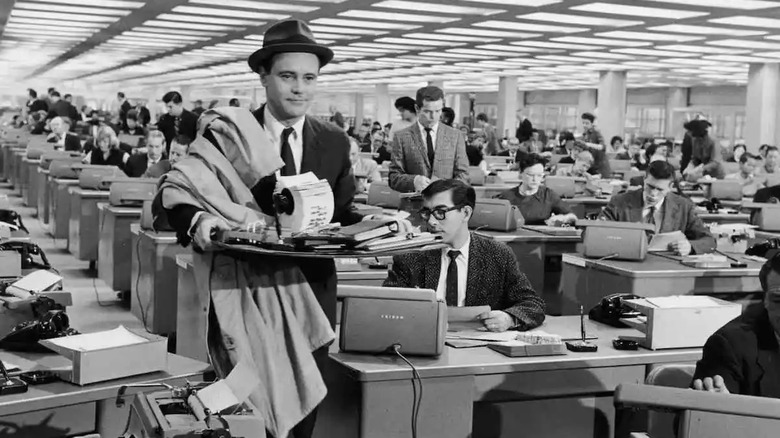
Without making any superfluous hyperboles, "The Apartment" is one of the greatest films ever made. Billy Wilder was a highly influential filmmaker, who understood how to attack social norms and make quintessential genres feel fresh again. "The Apartment" is a hilarious comedy of errors that looks at all the wrong ways that relationships can turn out; with this sort of chaos going on, you'd be lucky to stay single!
The great Jack Lemmon gives one of his funniest performances ever as the insurance clerk Bud Baxter, who works out a scheme in his apartment in order to attain a higher position at work. Although Baxter is more interested in his career than anything, he begins to fall in love with the elevator operator Fran Kubelik (Shirley MacLaine). It's a hilarious coincidence because Fran just so happens to be in a secret relationship with Bud's boss, Jeff D. Sheldrake (Fred MacMurray). Wilder hilariously plays upon the tension that results from being a single guy who falls in love with a woman that's already in a relationship.
"The Apartment" is so rewatchable that it deserves a place near the top. While it's slightly too idealized to get any higher, it's a classic that still holds up today.
Thelma & Louise (1991)
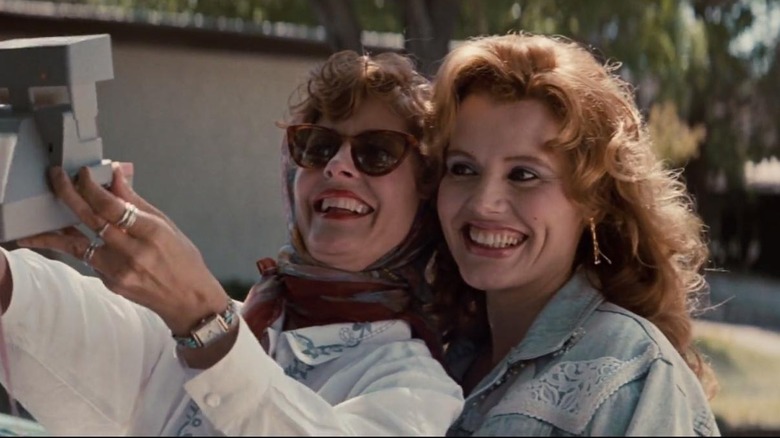
As evidenced in its iconic final shot, "Thelma & Louise" shows that sacrifice may be the solution if you don't want to conform to society's mandates. Ridley Scott's feminist classic is empowering in all the darkest and funniest ways. It's about women who stand up to the toxic masculinity around them and choose a life of being single. They're clearly beyond stooping down to the level of the film's male characters, and the film celebrates female friendship.
Despite the dark humor and frequent violent scenarios, the relationship between Thelma Dickinson (Geena Davis) and Louise Sawyer (Susan Sarandon) is very honest about the realities of being a woman. Thelma is almost sexually assaulted and realizes that there is no way that the police will convict her attackers. Instead of forcing these women to run back to their ignorant husbands, "Thelma & Louise" allows them to live single lives as they go on the most chaotic road trip imaginable. While the film can be quite disturbing at times, its sensitivity earns it a place near the top.
If you or anyone you know has been a victim of sexual assault, help is available. Visit the Rape, Abuse & Incest National Network website or contact RAINN's National Helpline at 1-800-656-HOPE (4673).
Forgetting Sarah Marshall (2008)
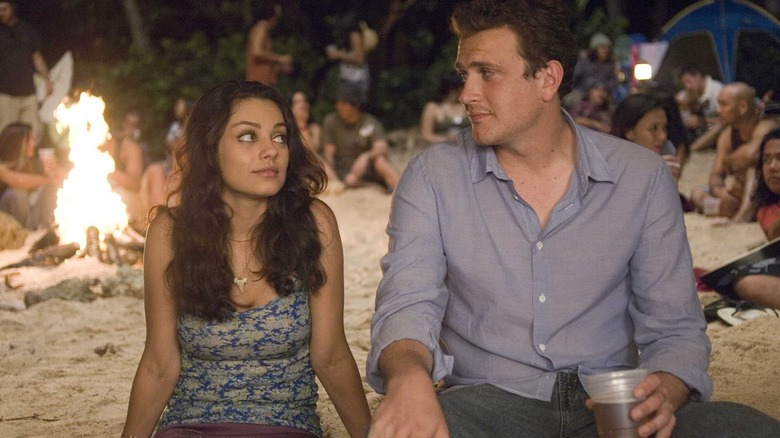
Anyone that's ever experienced a breakup can probably relate to "Forgetting Sarah Marshall." Even though it's a hilarious movie, "Forgetting Sarah Marshall" is surprisingly realistic as a representation of being newly single. Peter Bretter (Jason Segel) is completely blindsided when his girlfriend, the actress Sarah Marshall (Kristen Bell), breaks up with him suddenly. It's a film that shows how difficult this can be, as Peter is constantly reminded of the love he once felt. He finds that it's literally impossible to purge Sarah from his mind when she ends up staying at the same vacation destination with her new boyfriend, Aldous Snow (Russell Brand).
"Forgetting Sarah Marshall" shows the challenges of healing, and how this period of adjustment works. Although Peter is in mourning for the majority of his vacation, he ultimately learns to reconnect with his passions and begins developing a new musical show. While he's not pressured into immediately finding a relationship, he settles on a healthy one when he charms the receptionist Rachel Jansen (Mila Kunis). This shows that relationships take time, and you can be comfortable being single if you don't immediately find the right person.
"Forgetting Sarah Marshall" is equally hilarious, heartbreaking, and uplifting; it deserves a place near the top of the list for its versatility.
Submarine (2010)
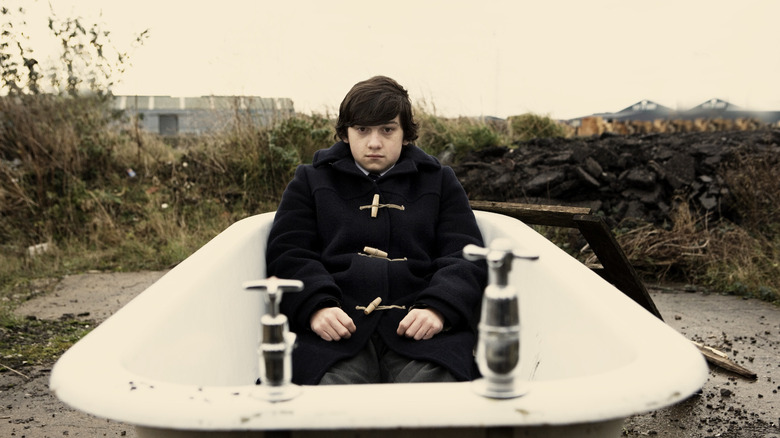
Of all the high school comedies about the stress of being single, "Submarine" is probably the most gleefully awkward. Everyone is figuring themselves out at a young age, and Oliver Tate (Craig Roberts) has definitely set unrealistic expectations for his romantic prospects. He gives himself a list of tasks to complete, which hilariously go awry. It's a surprisingly profound look at how the pressure to be in a relationship forces young men to fit into a certain mold of masculinity.
"Submarine" is bleakly funny in the way that it shows isolation. Oliver is constantly reminded of his loneliness as his mother, Jill (Sally Hawkins), begins a relationship with the wacky musician Graham (Paddy Considine). Similarly, he sees a mirror of what he could become by watching his depressed father, Lloyd (Noah Taylor). This was a fun way to show why Oliver keeps comparing himself to adults and hasn't experienced the joys of childhood. "Submarine" is among the funniest movies about being single, but the profound direction it takes during its last act earns it a place within the top five.
A Single Man (2009)
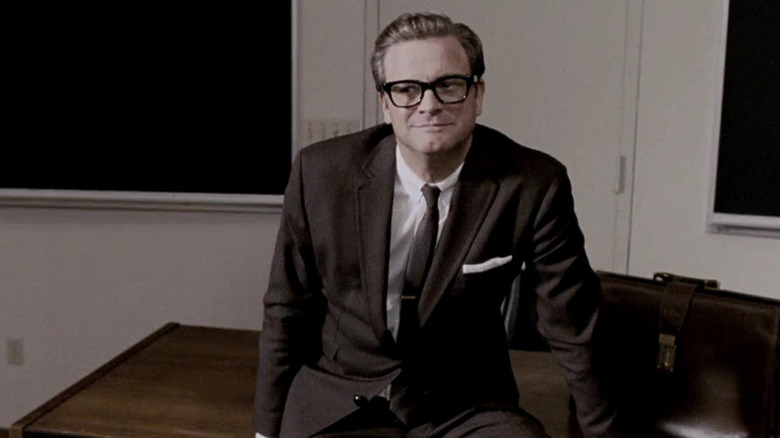
It can be challenging for films to wrestle with the ramifications of loss. No one's experience with the death of a loved one is the same, and it can be easy to watch movies that either stigmatize grieving or turn it into a melodrama. However, Tom Ford's quietly riveting drama "A Single Man" uses subtlety to its advantage; it's more powerful if some things are left unsaid. Colin Firth gives the best performance of his career as English professor George Falconer, who is grieving the loss of his partner, Jim (Matthew Goode).
The film shows how George approaches the dating world once more with caution. He attempts to begin seeing other men, but the images of Jim become impossible to erase from his mind. Ford does a great job of showing how George becomes reclusive as a result of his sadness, and how he's unable to approach his profession with the same vigor. It's heartbreaking to watch how Ford intertwines flashbacks to show happy moments from George and Jim's early relationship. "A Single Man" is a film that is unafraid to show intimate moments between same-sex couples, which makes it worthy of a very high spot on the list.
Ghost World (2001)
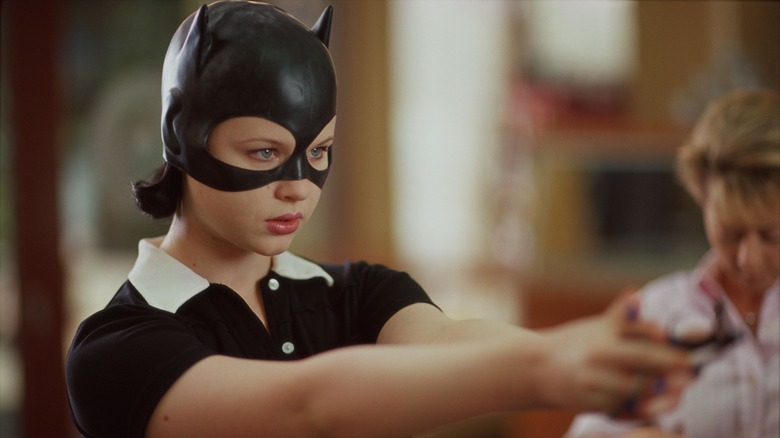
"Ghost World" does a great job of looking at how female friendship evolves as girls graduate to adulthood. While lifelong best friends Enid Coleslaw (Thora Birch) and Rebecca Doppelmeyer (Scarlett Johansson) were comfortable making snide comments and staying single, they both realize that they're going to need to grow up if they want to move past their high school years.
The film beautifully shows how being single doesn't need to be an act of defiance. Although Enid initially plays a cruel prank on lonely man Seymour (Steve Buscemi), she learns from Rebecca that this won't offer her any satisfaction. The relationship between Seymour and Enid is very sincere and well-handled; they're both single outsiders, who have struggled with being mocked.
We similarly see how Rebecca decides to leave her friend not because she's pursuing a relationship, but because she's tired of hearing her cynical comments. The film's mature, balanced perspective on growing up earns it a spot above other teen comedies that were lower on the list.
Frances Ha (2012)

"Frances Ha" is a film that celebrates being joyously free. While the movie shows that being single and independent isn't the path for everyone, it features a titular character who is so delightfully joyful that it's impossible to not yearn for her happiness. Noah Baumbach has always done a good job of looking at interpersonal relationships, but "Frances Ha" benefited from the assistance of his co-writer and star, Greta Gerwig. If you loved what Gerwig brought to her directorial features, you can see the origin of her winning nature in "Frances Ha."
The titular young woman (Gerwig) doesn't want to be pinned down with any responsibilities that she can't handle. While her roommates and friends often find themselves in relationships, Frances knows that she's at a stage in her life where she's not ready to face that level of commitment. There isn't a better expression of her upbeat nature than the wonderful scene where she dances down the street to the tune of David Bowie's "Modern Love." "Frances Ha" is so rewatchable that it nearly earned the top spot.
The Graduate (1967)
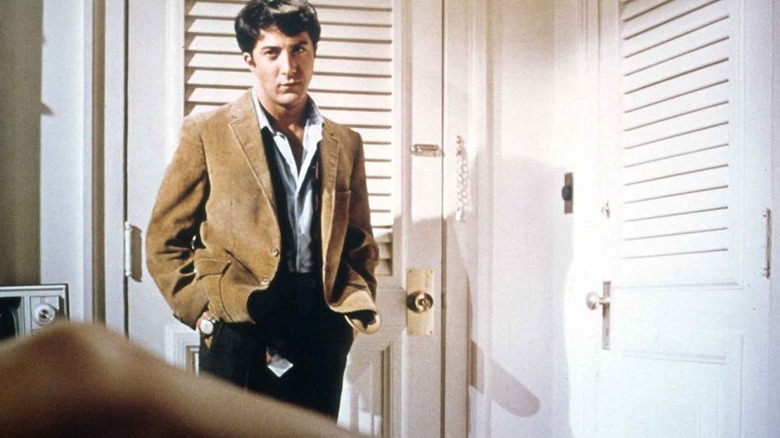
"The Graduate" looks at a universal question that many young people find themselves dealing with: After you graduate college, how are you expected to immediately adjust to being an adult? While education may grant you skills and knowledge, it doesn't automatically mean you are mature enough to understand adult responsibilities and relationships. This is hilariously shown through the misadventures of the young, single student Benjamin Braddock (Dustin Hoffman), who finds himself caught between two very different women.
As he luxuriates with no real ambitions, Benjamin begins having an affair with an older woman, Mrs. Robinson (Anne Bancroft). While director Mike Nichols uses the difference in their age for comedic effect, the film understands why they're both drawn to each other. These are two single people who aren't sure what their futures will look like. The film shows Benjamin's maturation as he falls in love with Mrs. Robinson's daughter, Elaine (Katharine Ross). Perhaps the world of relationships is too complex for Benjamin to deal with.
"The Graduate" earns a spot at the top of the list because of its perfect ending. As Benjamin and Elaine escape together, a look of contemplation strikes their faces. Is this a storybook romance, or are they destined to both be single again very soon?
Read this next: The 20 Best '90s Romantic Comedies Ranked
The post The 20 Best Movies About Being Single, Ranked appeared first on /Film.
